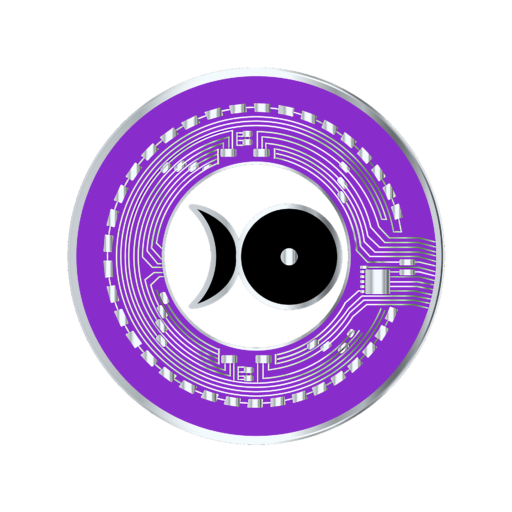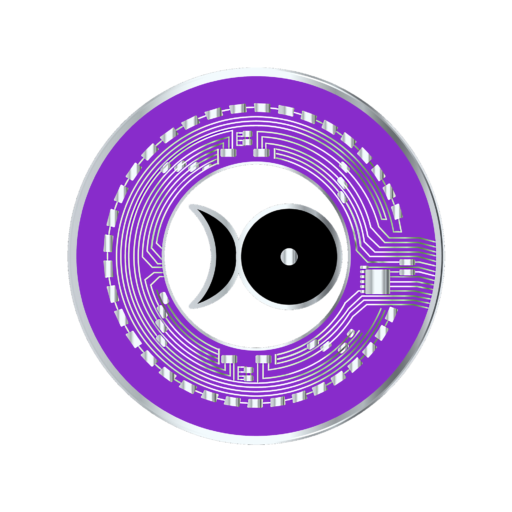Ethereum, often hailed as the backbone of decentralized applications, has revolutionized the blockchain landscape since its inception in 2015. But what exactly is Ethereum, and how does it function? Let’s delve into this groundbreaking platform.
What is Ethereum?
At its core, Ethereum is an open-source, decentralized blockchain platform that enables developers to build and deploy smart contracts and decentralized applications (DApps). Unlike Bitcoin, which primarily serves as a digital currency, Ethereum’s versatility allows for a wide range of applications beyond simple transactions.
Key Features of Ethereum:
- Smart Contracts: Self-executing contracts with terms directly written into code, eliminating the need for intermediaries.
- Decentralized Applications (DApps): Applications that run on the Ethereum network without central control, offering increased security and transparency.
- Ether (ETH): The native cryptocurrency of the Ethereum platform, used to facilitate transactions and computational services.
How Does Ethereum Work?
Ethereum operates on a blockchain, a distributed ledger maintained by a network of nodes. Developers write smart contracts using Ethereum’s programming language, Solidity. These contracts are deployed on the Ethereum Virtual Machine (EVM), which executes the code across the network.
Transactions and smart contract executions require computational power, measured in “gas.” Users pay for this gas in Ether, incentivizing miners to process and validate operations.
Recent Developments:
In September 2022, Ethereum transitioned from a Proof-of-Work (PoW) to a Proof-of-Stake (PoS) consensus mechanism in an upgrade known as “The Merge.” This shift reduced the network’s energy consumption by approximately 99%, addressing environmental concerns associated with blockchain technologies.
Ethereum by the Numbers:
- Market Position: As of early 2025, Ethereum remains the second-largest cryptocurrency by market capitalization, following Bitcoin.
- Circulating Supply: There are over 122 million Ether tokens in circulation, significantly surpassing Bitcoin’s supply. Statista
- Network Activity: The Ethereum network processes over 1.2 million transactions daily, reflecting its extensive adoption and utilization. YCharts
Use Cases:
Ethereum’s adaptability has led to numerous applications, including:
- Decentralized Finance (DeFi): Platforms offering financial services without traditional intermediaries.
- Non-Fungible Tokens (NFTs): Unique digital assets representing ownership of specific items or content.
- Supply Chain Management: Enhancing transparency and traceability in product sourcing and logistics.
Conclusion:
Ethereum’s innovative framework has paved the way for a decentralized future, empowering developers and users to create and interact without centralized constraints. As the platform continues to evolve, its potential applications are poised to expand, further embedding Ethereum into the fabric of the digital world.
Note: Cryptocurrency investments carry inherent risks due to market volatility. It’s essential to conduct thorough research and consult with financial advisors before engaging in crypto-related activities.







